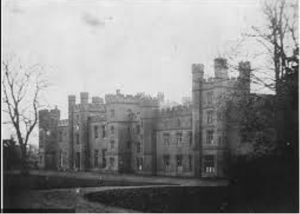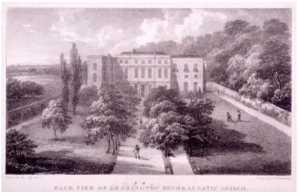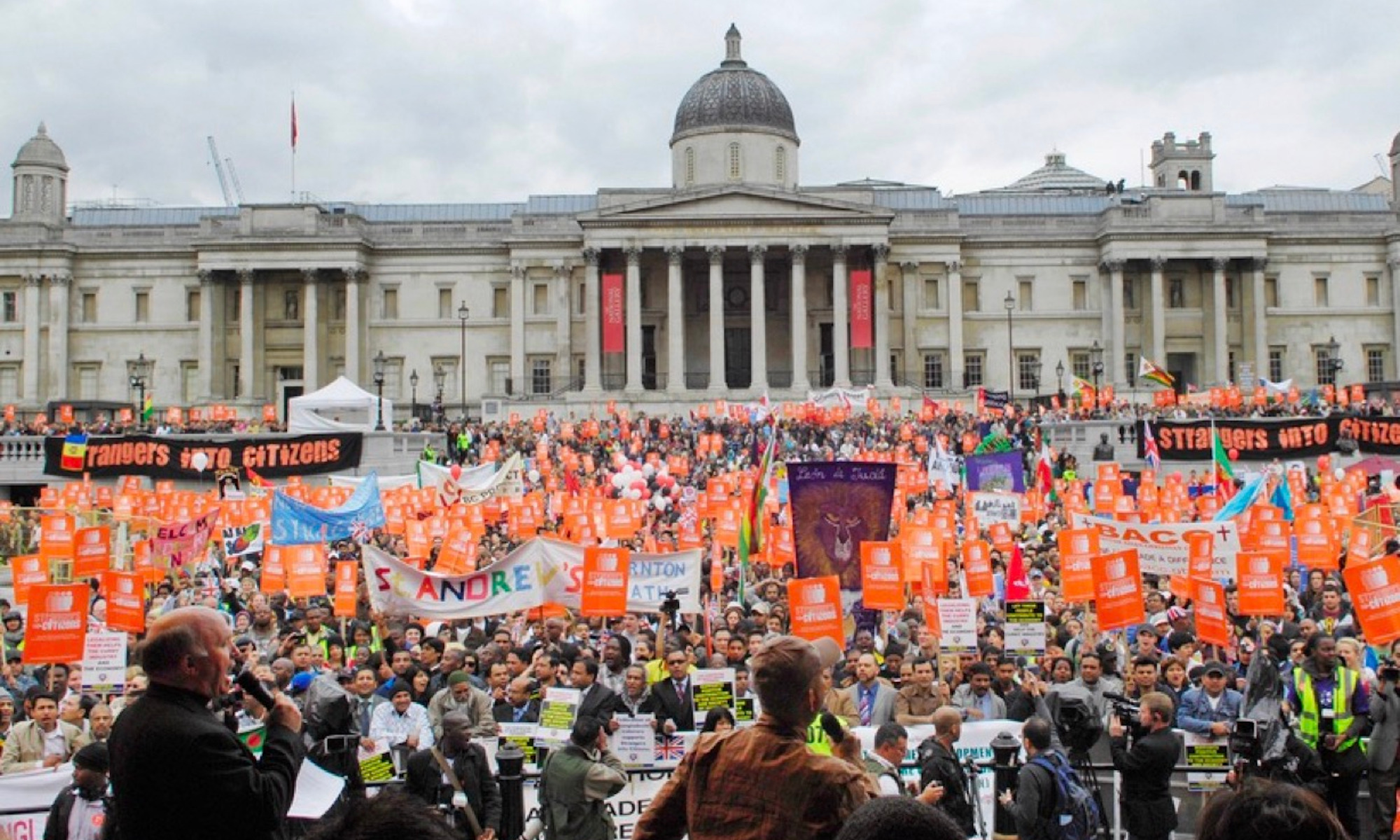The metropolitan work district I have chosen to focus on for this project is the Kensington district. At the beginning of the nineteenth century, the only institution within the Kensington district was the Fulham Road Workhouse, which was expanded in 1876 when the infirmary was extended. It is currently occupied by Chelsea and Westminster Hospital. In the 1840s another workhouse appeared in the district called the Marloes Road Workhouse. This workhouse expanded its premises in 1880 by incorporating two other workhouses on the same road – the former St. John’s Westminster and St. Margaret workhouses. After its expansion, this institution housed 730 inmates and 470 sick and injured individuals in the infirmary.
Throughout the 1820s and 1830s two lunatic asylums appeared in the Kensington district. The first was Cowper House, which housed nearly 40 patients in 1844, and the second was Kensington House Asylum institution housing 55 patients during the same time period. Both were private institutions, meaning they were profitable. This growth reflected a trend in this period where lunatic asylums offered a quick solution for the wealthy to send away “troubled relatives”. The profitability of these institutions is noticeable in their images. The grounds around the buildings are well manicured and extremely green. The buildings themselves look grand, lofty and imposing – indicative of the social class of their targeted demographic.

Also notable is the increase in hospitals from the 1840s onwards. The first hospital that appeared was the Hospital for Consumption and Diseases of The Chest, followed by the Cancer Hospital during the 1950s. The second was a hospital founded by William Marsden, offering treatment to poor cancer patients for free. The final hospital to appear in this district was the Chelsea Hospital for Women during the 1970s, which exclusively treated diseases unique to women. Notable is the fact that these three hospitals all appeared along or close to Fulham Road, which may have had something to do with accessibility of these areas.

In the 1860s another medical-related charitable institution emerged – the Jews Deaf and Dumb Institution. This institution was situated in various other locations before settling in Notting Hill in 1875. This is particularly interesting as it was a leading institution in teaching the deaf through the method of oral learning. At roughly the same time, London’s oldest synagogue was also established, suggesting that there was a growing Jewish Community in the North Kensington area.
